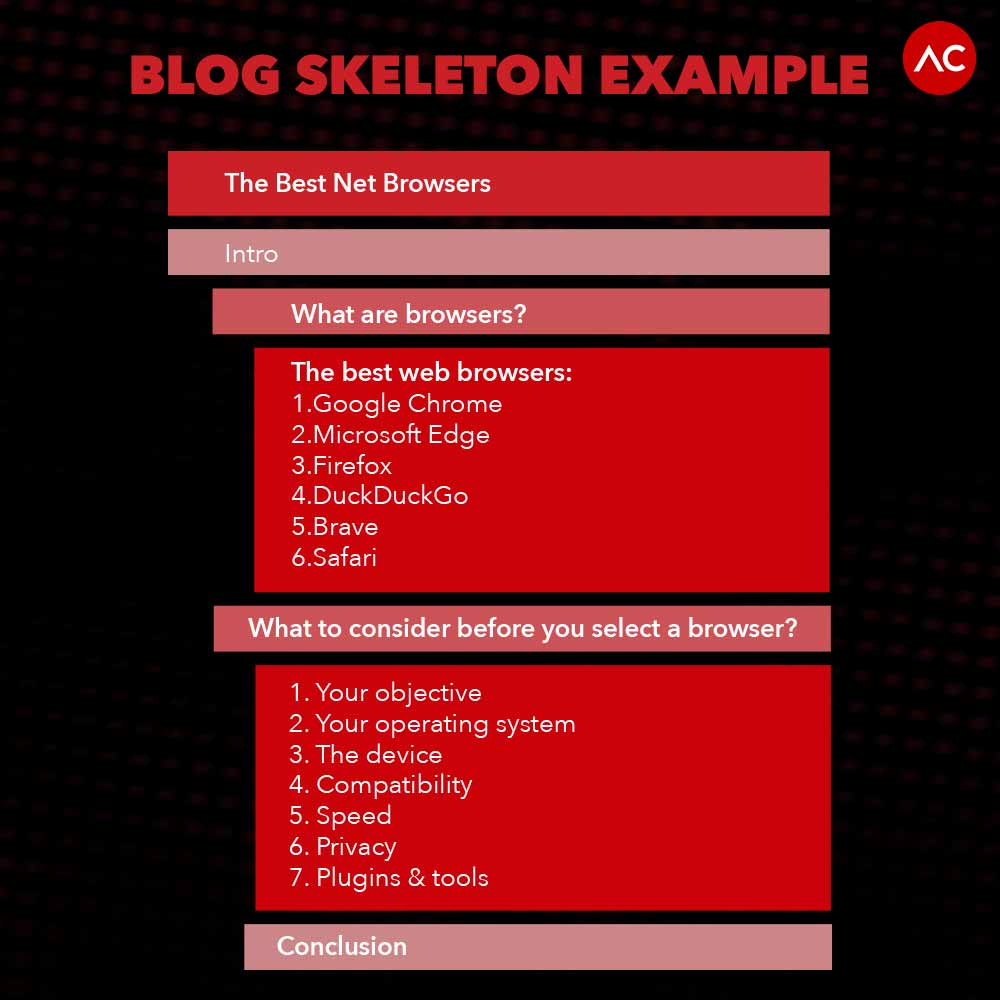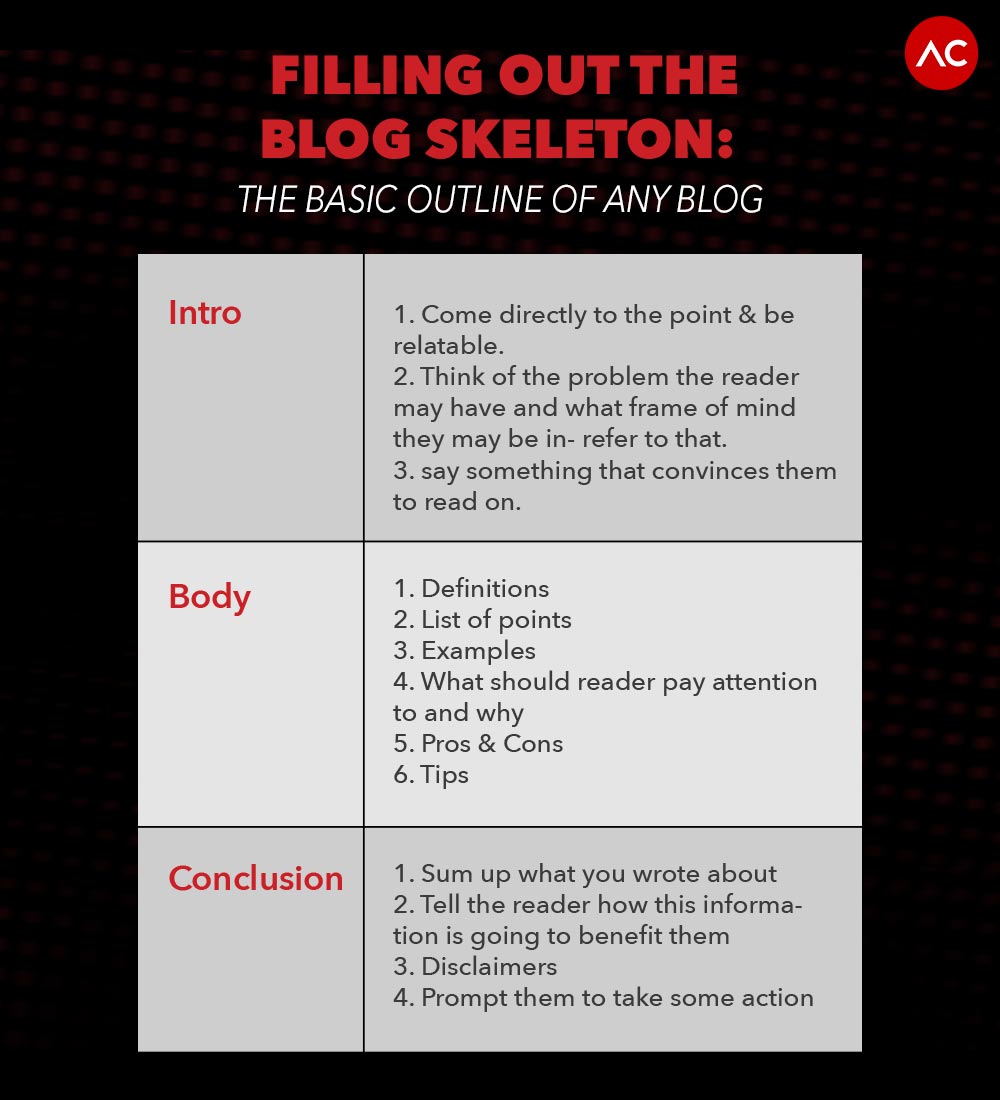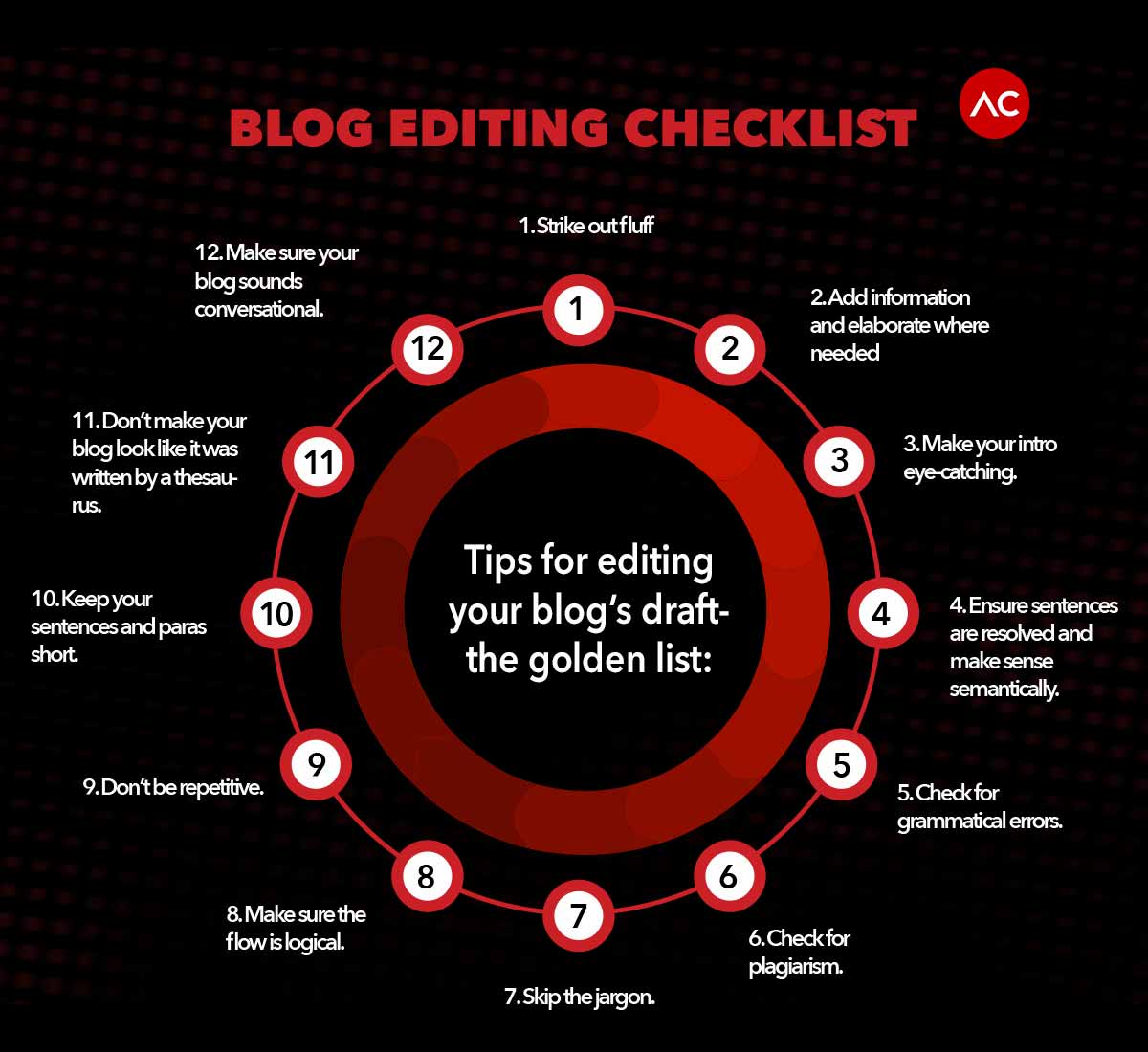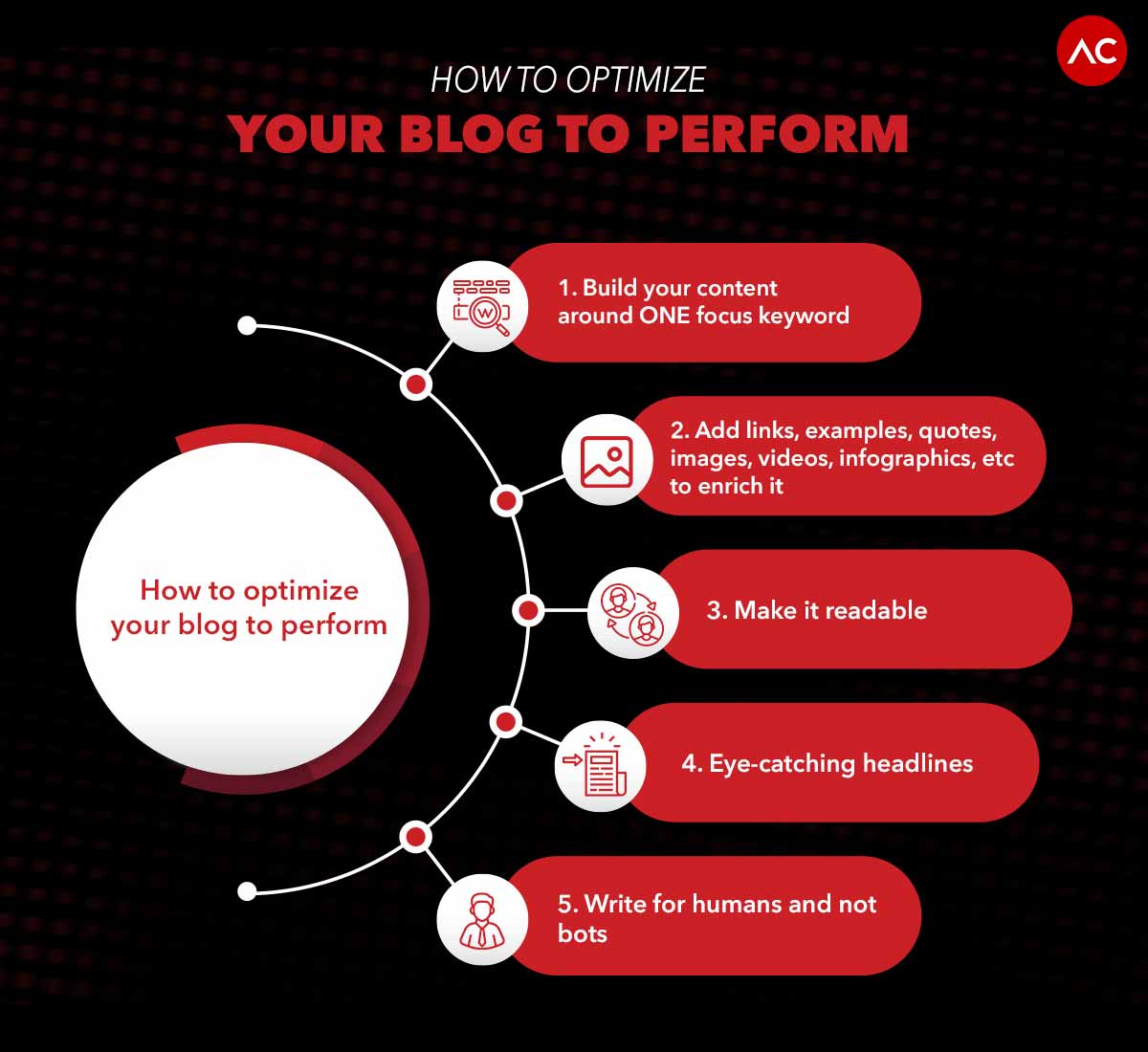Just write every day of your life. Read intensely. Then see what happens. Most of my friends who are put on that diet have very pleasant careers.
Ray Bradbury
If you are a blogger- you know how true these words are. But despite our best intentions, we often procrastinate with our writeups.
And that’s because every blogger- some or the other time- is familiar with the lethargy that comes with the thought of churning out something on the regular.
However, if you have a blog – you have to write new posts regularly to ensure that your viewers won’t forget you.
I know this pain all too well- so, for all the bloggers out there, I present: The Lazy Blogging Formula- Writing Blogs Faster & Better. Writing a blog post just got easier.
Before you start on it, here is some great writing (and life) advice from the most beloved writers in the world to motivate you.

Now that you have the masters’ wisdom to bask in, let us dive into the practical aspects of blogging.
However, if you simply don’t have the time to update your blog regularly, the hand that task over to some great content marketers at BrandLoom. You won’t regret it.
Now, let us dive right into the topic.
Prepare yourself to be a GOOD blogger
Before we go to our formula, here are a few pointers you must keep in mind:
1. Know your objective
Everything you write has a purpose.
What do you want the result to be?
- Do you want more traffic?
- Do you want to promote something?
- Are you looking to build up a community?
- Do you want to generate leads?
- Are you looking for sales?
Your objective will shape your strategy. So, be clear about what you are writing to achieve.
2. Practice writing every day
You have to make writing a habit and not an occasional indulgence. This is the bread and butter for professional bloggers- or anybody tasked with updating blogs regularly. The more you practice, the easier it gets, and the faster your speed.
Keep practicing, and you will notice a vast improvement in the quality of your writing, command of the language, research skills, the ability to organize your thoughts, and writing speed.
Over time, you will become more productive and a better blogger overall.
3. Read Everything
Nobel-Prize winning novelist William Faulkner once said that a writer should read everything- from newspapers to trashy novels to critically acclaimed works of literature.
Truer words have never been spoken.
If you are a content creator, you have to consume content.
Without reading, you won’t gain knowledge, develop your sense of language or bring flair to your writing. Several studies have talked about how reading positively impacts someone’s writing abilities.
Make it a habit to read something during the day for at least 30 minutes- it can be your favorite celebrity blog or a literary work- it doesn’t matter.
But you have to read- because reading & writing skills are closely interlinked.
Now that you have a better perspective on enriching yourself as a writer- let us get down to business.
The Lazy Blogging Formula- Writing Blogs Faster & Better.
Remember- in the beginning; there is a blank page. Before that blank page gets to you- start writing. Good writing is 1% inspiration and 99% perspiration- so get down to typing right away.
To help you, I have developed a formula.
- Keep your blog post ideas handy
- Create a blog skeleton (how to write a blog post template)
- Start writing by filling in the skeleton
- Edit RUTHLESSLY & revise
- Optimize to get readers to read it.
Let us break it down further.
1. Keep your blog post ideas handy
When you know what you have to write about- your job is half done.
If you don’t have a list of ideas with you when you start writing- you will spend all your time brainstorming, daydreaming, and going through every website under the sun and not writing.
So, prepare your list in advance.
How do you do that?
Carry your “ideas” notebook with you.
Jot down any idea that comes to you- anytime, anywhere.
- Look at what is happening in your industry/niche and note down what things you can talk about.
- Look at your emails, subscriptions, social media feed, news feed, etc, and note down what is worth blogging about.
- Keep a watch on your blog comments or social media interactions. Is there something your customers or followers want to talk about?
- Also- what about YOUR OWN posts? Logically, can you create new blogs related to topics you have already covered? Check your most popular blog posts in this regard.
For example, if you have a popular blog on “Great Lipstick Shades for Indian Women,”- you can also create related blogs, “Lipsticks for Indian Summers” and “Great Lipsticks for the Indian Wedding Season.”
Perks of Keeping an Ideas List with You
Remember- if you have a repository of topics with you, it will help you in many ways:
- You won’t be wasting your time thinking of topics.
- After some time, looking at your list will help you eliminate unviable topics and plan your content strategy.
- Once you have jotted down your topic ideas- you can keep adding things under it that can go on your blogs, like videos, images, quotes, graphs, statistics, etc., that you can use in your blog to make it more enjoyable and comprehensive.
2. Create a blog skeleton (how to write a blog post template)
Now that you have your blog topic, do your research and make a skeleton for the blog you want to write.
For example, if you are writing on “The Best Net Browsers,” your skeleton can look like this:
Once you have the basic structure laid out, you will discover that ideating and filling it out becomes so much easy.

This brings us to the next step, which is:
3. Start writing by filling in the skeleton
When you know the objective behind your blog- you will have a better idea of how to fill in the skeleton. Every blog should add value to a reader’s life, and the job of the blogger is to ensure that the reader takes an intended action after reading it.
For example, any writer wants that the reader comes back to her blog for more. So, if you have a cooking blog, your call to action can be as simple as “If you want more recipes, follow this blog.”
But if you want your readers to buy the sauce you are promoting in the latest recipe; your blog should point out how using this tomato sauce makes your pasta extra creamy- and adds the best flavor at the best possible price.
The point of your blog is to remove the reservations your readers may have about taking action. A high-quality blog with great content is the best way to convince your readers to do that.
Here is how you can proceed with ACTUALLY WRITING the blog with that in mind.
PRO TIP: If you cannot finish the full blog in one sitting, at least complete some sections that you have started on.
Filling out the blog skeleton: Basic format for writing a blog post
Most blogs can be divided into the following parts:

One of the major reasons bloggers procrastinate is that the prospect of coughing up 2000 words as a blog seems like an exhausting project. But, if you have a skeleton laid out and divided your blog into ten basic points- writing 200 words for each suddenly sounds doable.
So, trick your mind into that zone and start filling out the blog outline. You will discover that you can complete your blog much faster. That sense of accomplishment you are relishing will now give you the energy to get to the next step.
4. Edit RUTHLESSLY & revise
Once your draft is complete, it is time to polish it and make it foolproof.
And for that, you have to be RUTHLESS with your editing pen.
After the first draft is complete, take a 5-minute breather so that you can put some distance between yourself and your creation. Now, get back to it and edit it down.
Tips for editing your blog’s draft- the golden list:
- Strike out the fluff.
- Add information and elaborate where needed.
- Make your intro eye-catching.
- Ensure sentences are resolved and make sense semantically.
- Check for grammatical errors.
- Check for plagiarism.
- Skip the jargon.
- Make sure the flow is logical.
- Don’t be repetitive.
- Keep your sentences and paras short.
- Don’t make your blog look like a thesaurus wrote it.
- Make sure your blog sounds conversational.

PS- While revising, if any ideas come to you for related blogs or other topics- note them down for later.
Remember- you must be objective as an editor. Your job is to make the blog better and more presentable- so judge it without any bias.
5. Optimize to get readers to read it.
Now that your blog is ship shape- you have to optimize it so that your target audiences can find it.
How to optimize your blog to perform
- Build your content around ONE focus keyword
- Add links, examples, quotes, images, videos, infographics, etc. to enrich it
- Make it readable
- Eye-catching headlines
- Write for humans and not bots

- Make sure you have built your content around ONE focus keyword. Don’t deviate and keep it focused.
- Add links, examples, quotes, images, videos, infographics, and any aids to enrich your blog.
- Make sure your blog has high readability.
- Craft a killer headline that incites curiosity. Similarly, use catchy headers in the body of the blog that will hook people in.

- Write for humans and not for bots. Even if you are doing on-page SEO, make sure your blog does not look unnatural and that the language feels organic.
How to write SEO-friendly blog posts?
Now, it’s great that you have a blog post done. But your work is only half done- because you have to make sure that your blog performs on the internet. For that, you must make your blog post, SEO-friendly.
Do your research
Find out what keywords you can use. This means finding the right keywords that straddle the line between high volume and low competition.
Get your focus keyphrase
As said earlier, build your blog around ONE focus keyphrase. Use it as early as possible, at the beginning of the blog.
Make it the optimum length
No blog should be less than 500 words. Google loves long-form content, however, you must find the right balance between what Google likes and how much your audience is willing to digest at a go.
Include links
Link to your own existing pages as well as high-quality external links to give your blog credibility. Both the algorithms and audience respond well to linking.
Keep the readability score high
Make sure your blog is divided into logical headers and subheaders, use short sentences and paragraphs and avoid jargon. The easier you make it for the algorithms to read and index your blog, the faster you will rise through SERPs.
There are more that goes into doing SEO for your blog to perform- if you want an expert guide to it, let me help.
Best tools for writing blog posts
Now that you are ready to take the world of blogging by storm- here are some tools that you should keep in your arsenal:
Google keyword planner:
Keywords will help your blog rank. Who better to help you with it than the tool by Google itself?
Canva:
You can get either the free or the premium version. You can use the templates to use simple images and videos to enrich your blog.
Evernote:
Because inspiration can strike anywhere- get an Evernote account. Jot down ideas whenever they come.
Grammarly:
The perfect finishing tool. Pro tip: get the paid version, and write clean, grammatically correct, and plagiarism-free blog posts.
Conclusion
My lazy blogging formula is actionable and for everyone. Of course, I realize that not everyone can take the time to churn out good content on the regular. I have an excellent team of content marketers to share the responsibility for them.
Remember, writing is a matter of practice- so if you want to be a better blogger- put our formula to use and start writing regularly.
Start small- even a 250-word blog every day will help you improve your skills and get you into that zone where you start improving automatically.
Keep reading and keep consuming content because inspiration can come from anywhere. Feed your mind so that it’s brimming with ideas- and keep writing those ideas down where and when they pop up.
Also- don’t be disheartened if some blogs miss the mark. You can always update it later, and remember, even Chef Gordon Ramsay cannot serve a winning dish every day.
Even Chef Ramsay gets it wrong
So, do you have any other tips you would want to add to our list? We will be happy to hear from you.
FAQs
Blogging in content marketing is a way to share your company’s story and connect with your audience on a more personal level. It allows you to build trust and credibility, and ultimately, turn readers into customers.
For example, BrandLoom has its own blog in which the team shares their thoughts and insights on a variety of matters related to digital marketing, branding and marketing as a whole. By providing helpful, informative content, we want to establish ourselves as a thought leader in the industry – and get more visitors, leads, and customers.
There’s no one-size-fits-all answer to this question, as the best way to write a blog depends on your audience, goals, and style. However, there are some general tips you can follow to make sure your blog is effective.
For example, when writing a blog post, I make sure to:
– Keep our audience in mind: We always think about who we’re writing for, and what they want to read. This helps us create content that is relevant and interesting.
– Make it visually appealing: A well-designed blog is more likely to catch attention – and keep readers engaged. We use images, infographics, and other visuals to break up our text and add visual interest.
– Write catchy headlines: Your headline is the first – and sometimes only – thing readers will see, so it’s important to make it count. We try to use strong, actionable words that will make people want to read more.
– Keep it concise: No one wants to read a large wall of text. We try to keep our blog posts short and to the point, so readers can easily digest the information.
By following these tips, you can write a blog that is effective and engaging for your audience.
Some common blog formats include:
– List posts: These posts typically involve lists of tips, resources, or ideas related to a certain topic.
For example, “10 Tips for Creating a Successful Blog.”
– How-to posts: These posts walk readers through a specific process or guide them on how to do something. For example, “How to Write a Good Blog Post in 5 Easy Steps.”
– News posts: These posts share breaking news or updates related to your industry. For example, “Google Announces Major Algorithm Update.”
– Opinion posts: These posts share your opinion or point of view on a certain issue. For example, “Why I Think Social Media is Good for Business.”
The best way to determine what format will work best for your blog is to experiment and see what gets the most engagement from your audience. There is no wrong answer, so try out different types of posts and see what works best for you.
Here are some general tips you can follow to increase your blog’s reach.
For example, you can:
– Use social media: Share your blog posts on social media sites like Facebook, Twitter, and LinkedIn. This will help get your content in front of more people.
– Use email: Send links to your blog posts to people in your email list. You can also share your posts in relevant online forums or groups.
– Use keywords: Use relevant keywords throughout your blog post to help people find your content through search engines.
– Use visuals: People are more likely to share and engage with content that is visually appealing. Add images, infographics, and videos to your blog posts to make them more engaging.
By following these tips, you can increase the reach of your blog and get more views.
If you want to write a blog post quickly, you need to be prepared. Here are a few tips:
– Have an inventory of topics: Collect blog ideas whenever they come and keep them in your notebook. Look at the news, newsletters, social posts, industry updates, and your own blogs for inspiration.
– Do your research & make a blog outline: Create a skeleton that marks which structures the blog.
– Mark which topics you want to cover there.
– Fill out the skeleton: Start writing from the part that seems the easiest, and then add more information.
– Revise: Check for grammar, syntax, plagiarism, and other issues.
– Enrich: Add links, photos, infographics, videos, and other aids that make your blog appealing
– Optimize for SEO: Add keywords where necessary and make the blog readable so that it performs well.
Ideally- every day. The more frequently you update your blog, the higher it ranks. However, if you cannot do that, write at least one blog post every week. It is better to write at least 3 blogs every week.
The best way to ensure that is to make a routine for yourself and stick to it. Remember, blogging is a matter of practice, and it takes time to make it a habit. Writing your first blog post is the most difficult step. But once you complete it, don’t stop. Keep writing. Train your mind and body to write regularly


Great post on trying to be consistent while blogging, sometimes it can almost feel like a chore, another tip that works for me is to try blogging on your phone instead of your laptop or desktop.
This way, it’s a lot easier to write at anytime and then edit on your PC.
Your information is exactly what I was looking for, so thank you very much for providing it. Would you mind telling me what program you use to create your amazing, fast website? For my business, I also want to create a simple website, but I need help deciding on a name and hosting provider. Asphostportal is reputed to have a stellar reputation. Exist any other options? If so, what would you suggest?
Hi Anna, please get in touch with us over an email. I will help you with that.